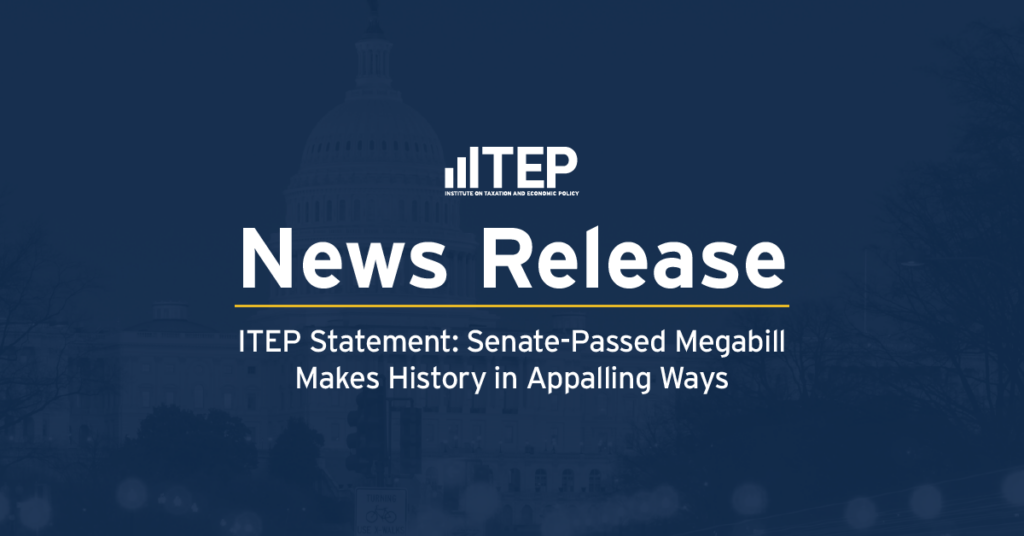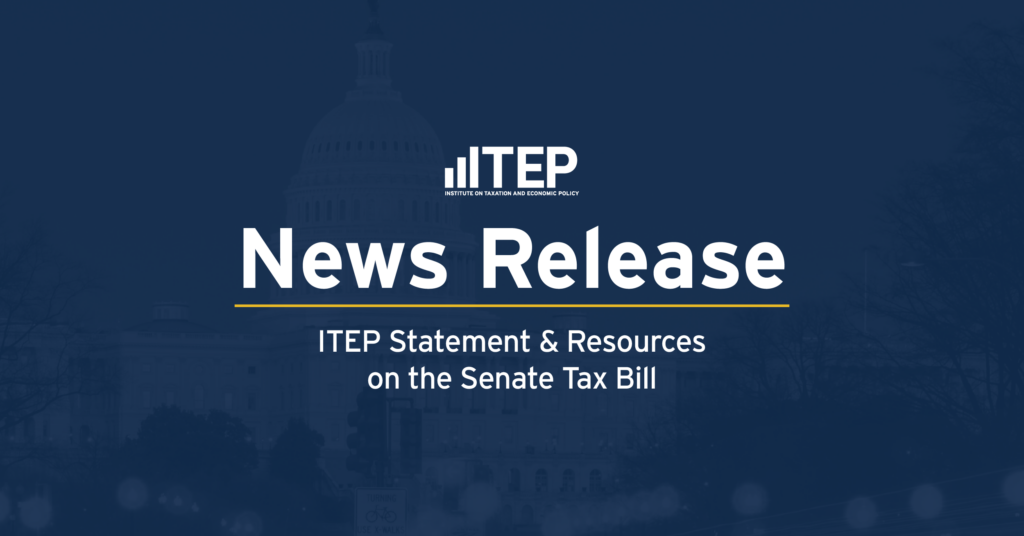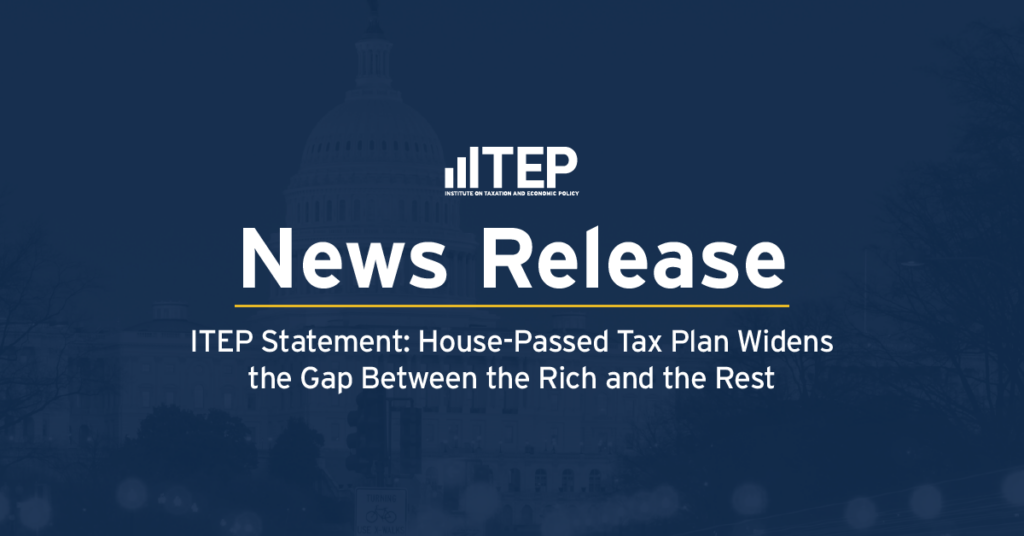Federal and state taxes are a contentious point of policy debate all year round but are especially salient in the minds of most Americans as Tax Day approaches. This year, people across the country will take to the streets in cities across the nation to demand President Donald Trump release his tax returns. This isn’t a frivolous request. Polling shows most Americans want the president to release his taxes, and Sen. Chuck Schumer has said tax reform will be difficult if the president doesn’t do so. He rightly reckons the American public deserves to know whether any White House tax proposals will directly benefit the president, and whether the president has any financial entanglements that are a clear conflict of interest.
But considerations around federal tax reform should extend beyond the president’s tax returns. In fact, if tax reform follows the conversation that our nation’s policymakers are currently having, the nation is doomed to quadruple down on mistakes made in passing George W. Bush’s 2001 and 2003 tax cuts, which turned annual budget surpluses into annual deficits.
The frame of this discourse is based on the fallacy that corporate taxes are too high and Americans pay too much in taxes. In fact, compared to other advanced economies:
- The United States is one of the least taxed developed countries.
- Further, the United States collects a substantially smaller share of total corporate taxes than average among 34 developed countries.
- A recent ITEP report examined eight years of annual corporate filings and found the average effective tax rate for profitable Fortune 500 companies is 21.4 percent, barely more than half the effective rate. Further, a broad swath of profitable companies paid ZERO federal taxes in at least one year of the study.
Another new ITEP report looked specifically at 2016 financial filings to identify profitable companies that paid ZERO in federal taxes. The report highlights 15 U.S. corporations, including some common household names such as GE and Netflix, and identifies the tax breaks they used to zero out their tax obligation. For most of them, last year wasn’t an aberration.
A March 2017 ITEP corporate report, Fortune 500 Companies Hold a Record $2.6 Trillion Offshore, examines how much cash corporations are stashing offshore and, based on analysis of their financial reports, estimates how much they’re dodging in taxes ($767 billion).
No one is certain what personal income tax reform will look like, but ITEP produced an analysis that examines House Speaker Paul Ryan’s so-called “Better Way Plan,” which concluded the plan would redistribute wealth to the top.
For a quick primer combined federal, state and local average tax rates paid by groups based on income distribution, view the just-updated report, Who Pays Taxes in America in 2017. ITEP is the only tax policy group that collectively analyzes all taxes to calculate total effective tax rates. The report finds that each income groups’ share of total taxes is more or less on par with their share of all income, and our collective federal and state tax system is just barely progressive.
STATE TAX SYSTEMS
Because the 50 states have varied tax codes, state taxes don’t often receive national attention. But state tax systems generate a significant share of revenue required to fund public investments including education, health care, and infrastructure. While the combined federal, state and local tax system is just barely progressive, every state tax system is upside down, meaning the average tax rate paid by lower-income people is higher than the average tax rate paid by states’ richest residents. Earlier this year, ITEP produced Fairness Matters: A Chart Book on State and Local Taxes. The chart book tells a visual story about state and local taxes, including:
- Ranking state tax systems from the most to least regressive
- And, how state tax systems widen income inequality
Despite contrary rhetoric, ITEP’s Undocumented Immigrants’ State and Local Tax Contributions report finds undocumented immigrants pay an estimated $11.74 billion in state and local taxes each year. Undocumented immigrants contribute 8 percent of their incomes in state and local taxes on average, which is on par with the average rate paid by middle-income households.
For more Tax Day resources, check out ITEP’s Ten Things You Should Know on Tax Day.




